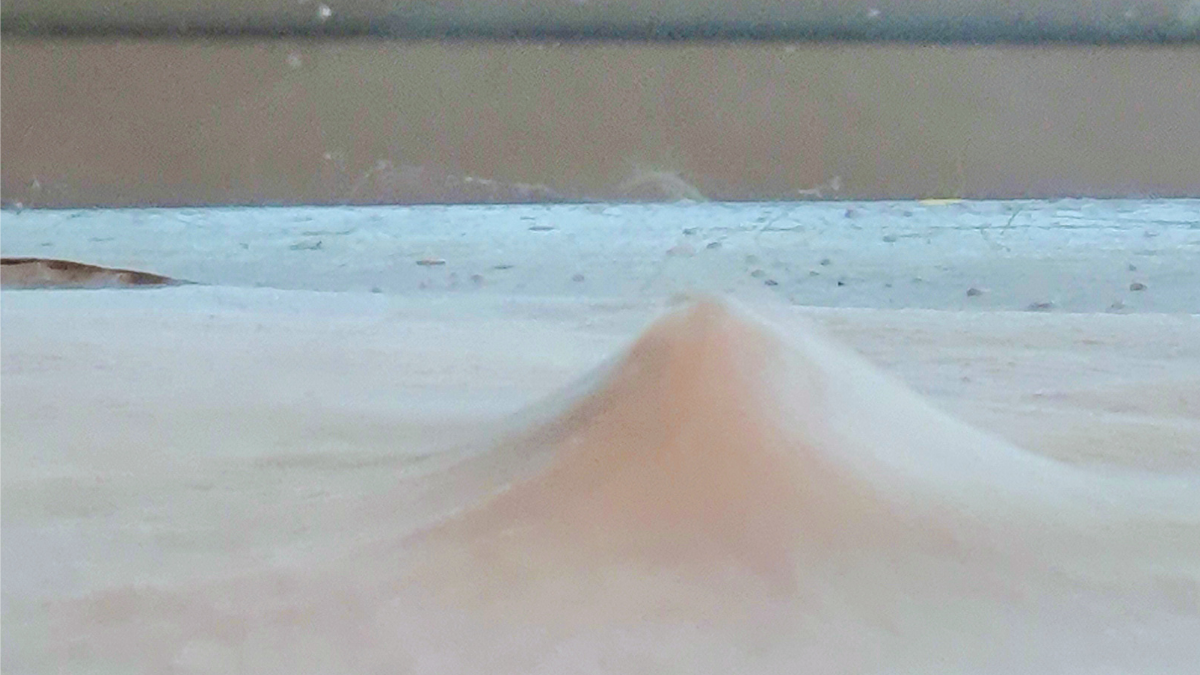Lab-spun sponges form perfect scaffolds for growing skin cells to heal wounds
A new technique for electrospinning sponges has allowed scientists from the University of Surrey to directly produce 3D scaffolds – on which skin grafts could be grown from the patient’s own skin.

Electrospinning is a technique which electrifies droplets of liquid to form fibres from plastics. Previously, scientists had only been able to make 2D films. This is the first time anybody has electro-spun a 3D structure directly and on-demand so that it can be produced to scale.
Scientists prepared a solution which included gelatin and polyaprolactone (PCL) - a biodegradable polymer which is known to be compatible with human tissue. They pumped this solution through a syringe into an electrical field, which stretched it into nanofibres.
This process is simple, scalable, and cheap. The researchers now hope it can be used in other medical applications.
The research is published in the journal Nanomaterials.
It demonstrates Surrey’s contribution to UN Sustainable Development Goals 3 (good health and well-being), 9 (industry, innovation and infrastructure) and 12 (responsible consumption and production).
Media Contacts
External Communications and PR team
Phone: +44 (0)1483 684380 / 688914 / 684378
Email: mediarelations@surrey.ac.uk
Out of hours: +44 (0)7773 479911
